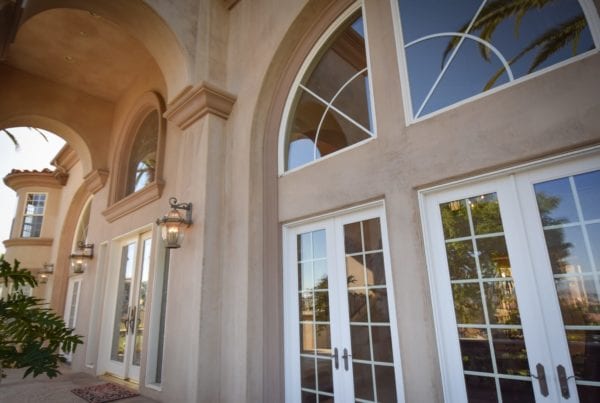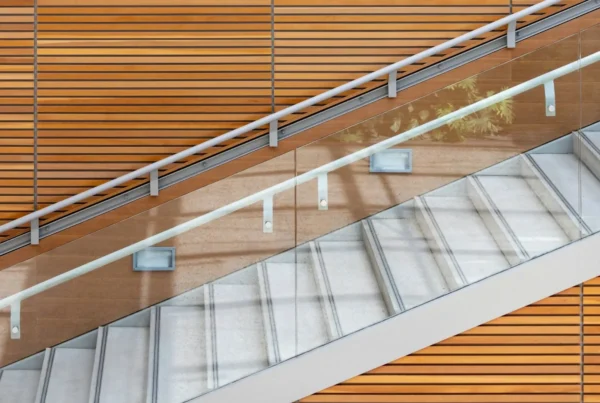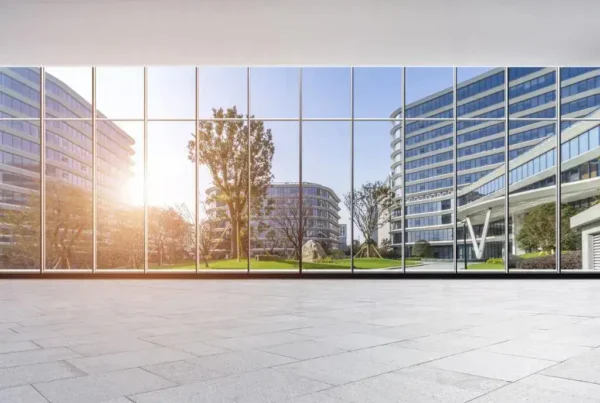Windows play a vital role in shaping the look and function of any commercial space. They let in natural light, create an open and inviting atmosphere, and can even define the aesthetic of your business. But with those benefits come challenges — glare, heat gain, lack of privacy, and vulnerability to break-ins or severe weather. That’s where window film comes in.
Installing window film offers a flexible, cost-effective solution to many of these issues. Whether you manage an office building, retail storefront, medical clinic, or any other type of commercial facility, the right window film can significantly improve comfort, security, energy efficiency, and visual appeal.
Why Should You Consider Installing Window Film in Your Commercial Space?
Installing Window Film Can Provide Many Different Benefits
There’s no one-size-fits-all approach when it comes to window film. Different types are designed to meet specific needs, and many commercial properties use more than one type of film throughout the building. Here are the most common options and their benefits:
1. Safety and Security Window Film
This type of film reinforces glass surfaces, making them more resistant to break-ins, accidents, or impacts from natural disasters. In the event the glass is shattered, the film helps hold the fragments together, reducing the risk of injury and property damage.
For businesses in high-crime areas or those dealing with large amounts of foot traffic, security window film can provide peace of mind without compromising visibility.
2. Sun Control (Solar) Window Film
Energy efficiency is a major concern for commercial property owners, especially those managing larger buildings with lots of windows.
Sun control films, like the 3M Prestige Series, reduce solar heat gain, block harmful UV rays, and minimize glare, all without darkening your space excessively. These films can lead to noticeable savings on cooling costs while protecting interior furnishings, electronics, and flooring from UV-related fading.
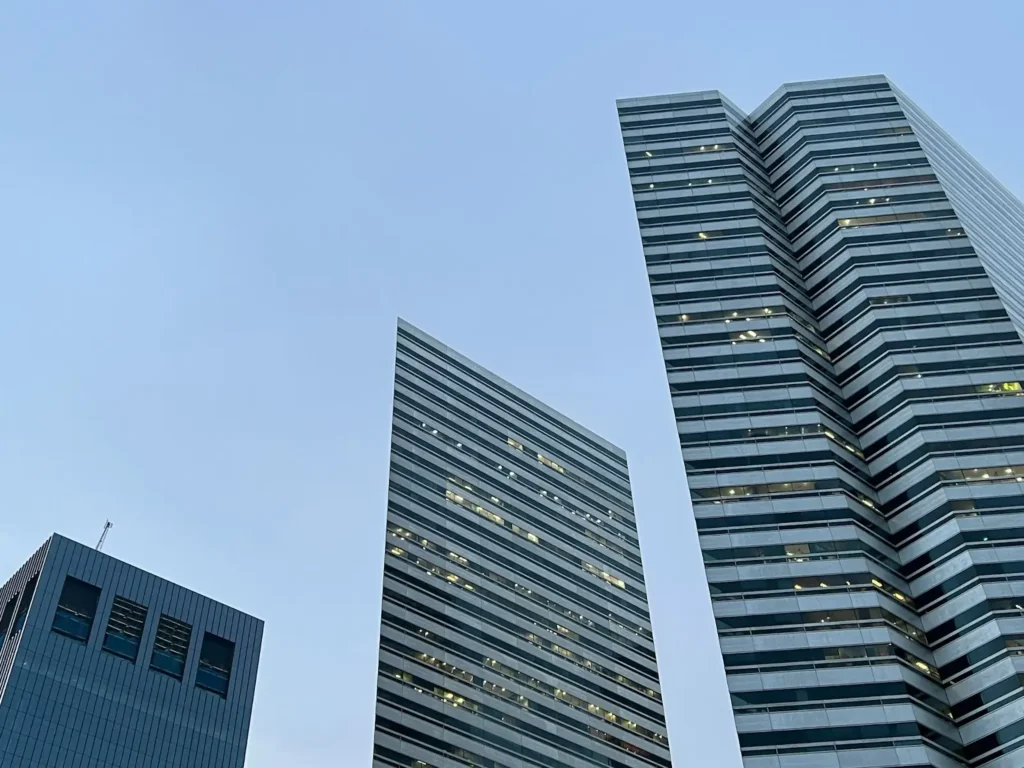
3. Privacy Window Film
Privacy films limit visibility into certain areas of a building, making them ideal for settings like offices, medical facilities, or conference rooms. These films can be opaque, semi-translucent, frosted, or reflective, offering varying levels of privacy depending on your needs.
Some privacy film options allow for daylight to enter while keeping prying eyes out, maintaining a bright and comfortable atmosphere.
4. Decorative Window Film
Decorative window films offer both form and function. They can simulate etched or frosted glass at a fraction of the cost, incorporate custom graphics or branding, or simply add a stylish element to a space.
Decorative film is frequently used on interior glass partitions, entry doors, or lobby windows to enhance design and convey a professional image.
Commercial Window Film Is Highly Versatile
Beyond its potential performance and aesthetic benefits, one of the standout advantages of window film is how adaptable it is. It can be applied to virtually any glass surface, not just exterior-facing windows.
- Exterior Windows and Doors: Boost energy efficiency and security without replacing the glass.
- Skylights: Control heat and glare from above while still enjoying natural light.
- Interior Glass Partitions: Add privacy or branding to conference rooms and offices without installing new glass or walls.
- Lobby or Storefront Entrances: Upgrade your building’s visual appeal and make a lasting impression on clients.
This versatility makes installing window film a practical solution for commercial buildings of all sizes and functions, from retail stores and banks to educational institutions and high-rise offices.

Window Film Is a Cost-Effective Alternative to Window Replacement
Replacing windows entirely can be prohibitively expensive and disruptive, especially in large or multi-story commercial buildings. Window film offers many of the same benefits, like improved sun control, stronger security, and a modernized look, without the need to tear out and reinstall existing glass.
For example, applying sun control film to a large office building can significantly reduce HVAC loads during summer months, leading to long-term utility savings. When compared to the cost of new energy-efficient windows, film installation is a fraction of the price, with a much faster return on investment.
How Does Installing Window Film Work for Commercial Windows?
The Importance of Hiring Certified Professionals
While some homeowners may attempt DIY window film installation, commercial jobs demand a higher standard. The performance, appearance, and lifespan of window film depend heavily on proper installation. That’s why it’s crucial to work with certified window film installers who are experienced with commercial applications.
Improper installation can lead to bubbles, peeling, discoloration, or even reduced effectiveness of the film. Certified professionals not only have access to higher-grade materials from leading manufacturers, but they also understand how to tailor solutions to different glass types, sun exposures, and building codes.
Step-by-Step Process of Commercial Window Film Installation
Here’s a brief overview of how the installation process typically works:
1. Initial Assessment and Consultation
The first step is a site visit where the installer evaluates the building’s layout, existing glass, and problem areas (e.g., excess heat, glare, or privacy concerns). They’ll then recommend the right type(s) of film based on your goals.
2. Product Selection and Customization
Based on the assessment, you’ll choose the films that best suit your needs — often a combination of sun control and privacy or security film. You may also choose custom-printed decorative films or branded graphics.
3. Preparation and Scheduling
To minimize disruption, window film installation is often scheduled during off-hours or weekends. The glass surfaces are thoroughly cleaned to ensure a flawless application.
4. Film Application
The film is precisely cut and applied using a solution that allows installers to position it perfectly. Then, it’s squeegeed to remove air bubbles and ensure full adhesion.
5. Curing and Inspection
After installation, the film needs time to cure — typically a few days, depending on the film type and environmental conditions. Once cured, a follow-up inspection may be done to ensure the installation meets quality standards.
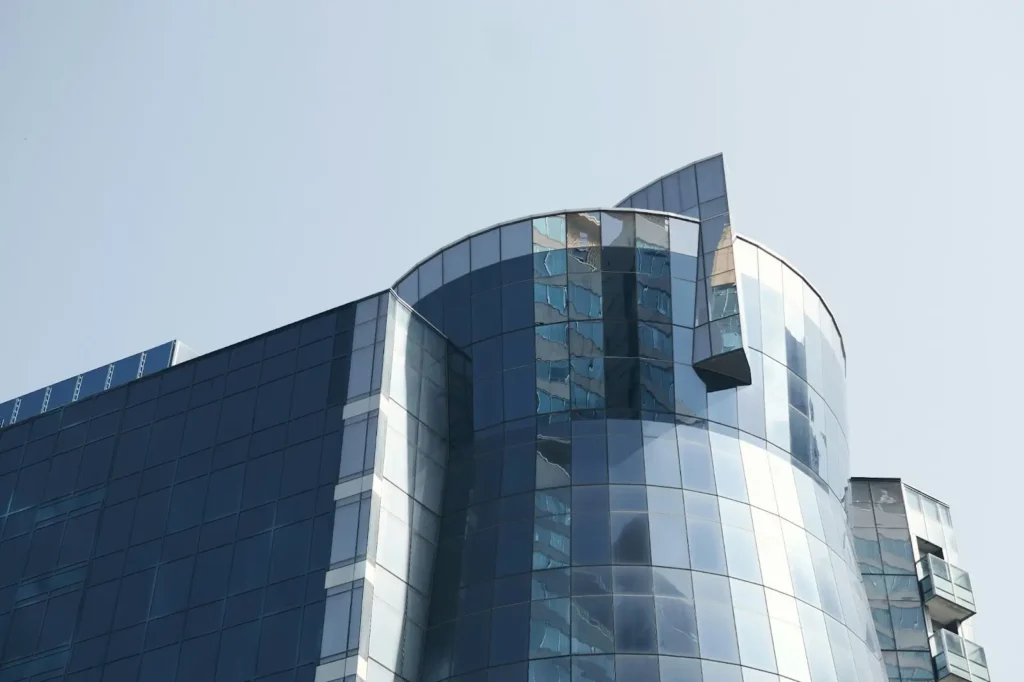
Installing Window Film Is the Smart Choice for Modern Buildings
Installing window film is one of the most efficient, affordable, and impactful upgrades you can make to a commercial property. Whether your goal is energy savings, better security, enhanced aesthetics, or greater privacy, there’s a film solution that fits. Because it’s so versatile, commercial window film can optimize multiple areas of a building without costly structural changes.
Choosing the right product and hiring professionals who know how to get the job done right is essential to ensuring a proper window film application. At Campbell Glass and Films, we are certified dealers and installers of industry-leading 3M Window Films and offer a full range of styles to choose from.
With a well-installed window film system from Campbell, your commercial space will be more comfortable, more efficient, and better protected for years to come. Contact us today to get started!

